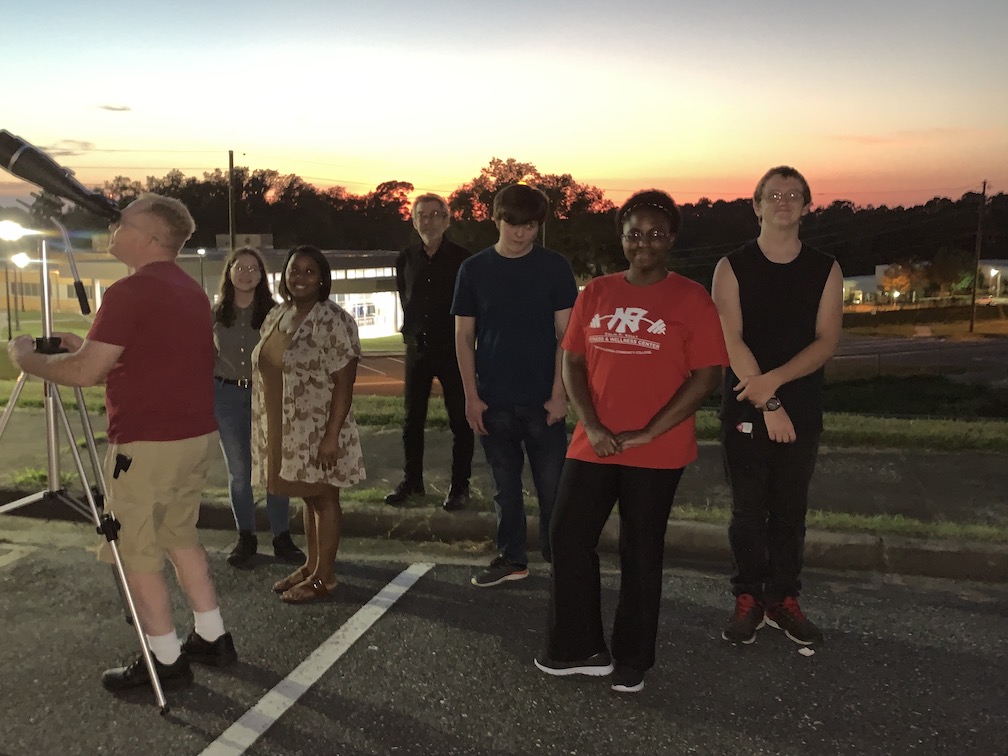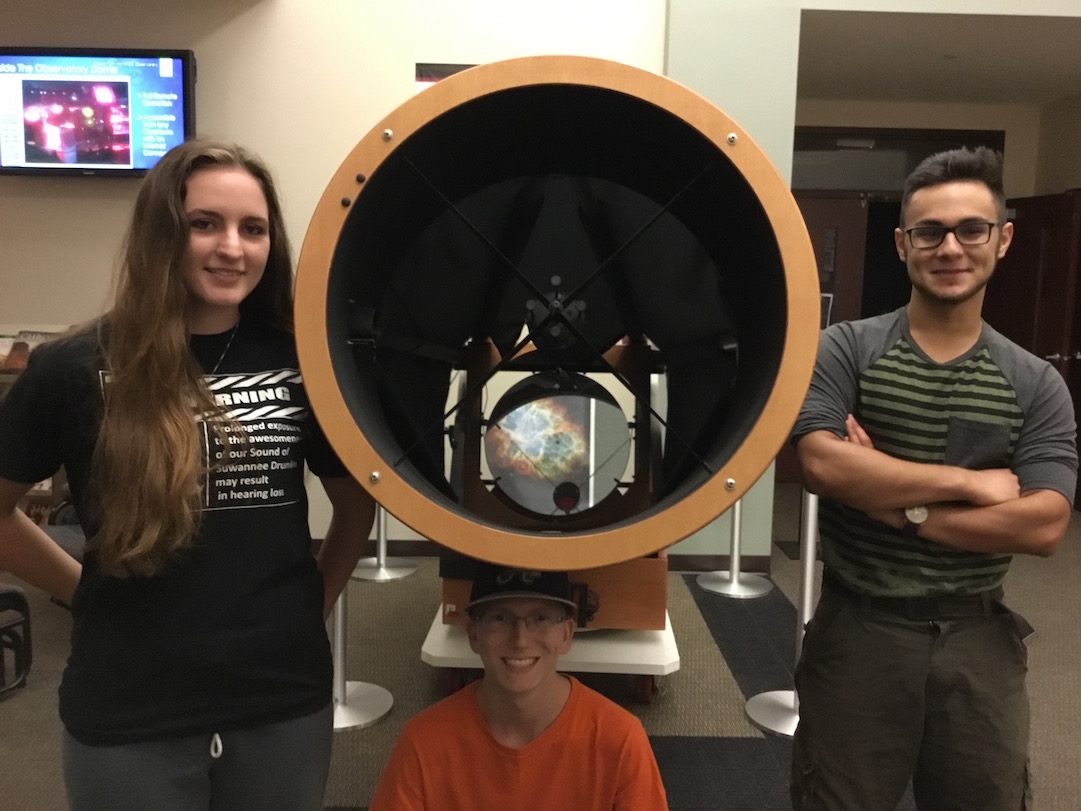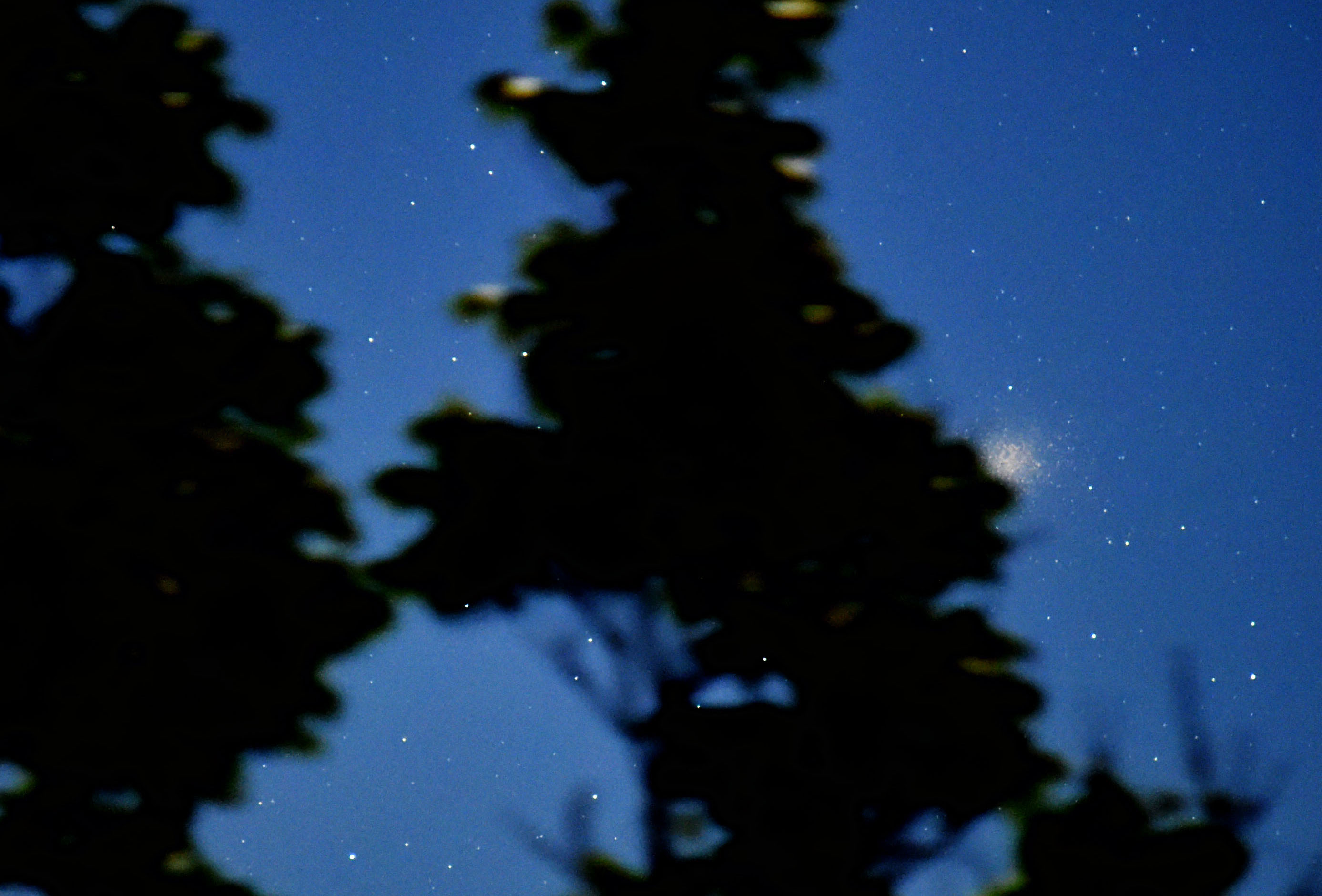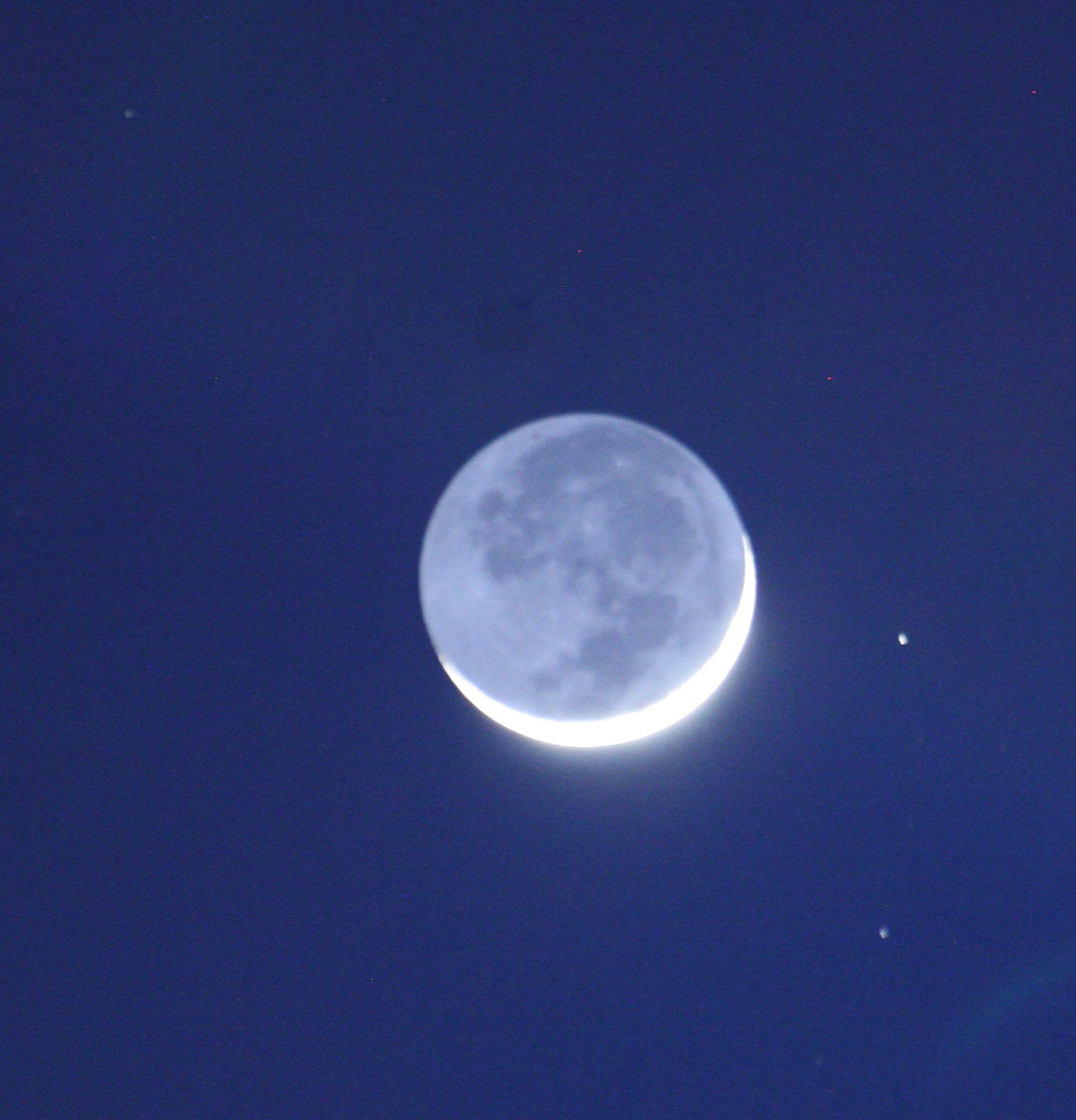Contact NFC
Spring 2023: First Club Meeting, Monday, January 23, 2023, 7:00 pm
The Astronomy Club meets every second and fourth Monday of the month, 7:00 - 9:00 pm in the Physics classroom.
The Astronomy Club at NFC consists of a group of students, employees, and faculty who are interested in exploring the universe. You do not have to be enrolled in the astronomy class or any of the science classes to be a member. Genuine interest in the cosmos, space, space travel, or the night sky are a sufficient requirements to join the club. Guests are welcome at our regular meetings.
The attendees, at each club meeting, have access to all on-campus instruments, optical and radio telescopes, and the remote Astronomical Observatory for night or day observations. We meet as well on cloudy nights and work on the observation plan for the next meeting, process image data acquired at previous meetings, or discuss astronomy-related topics.
For special celestial events, the Astronomy Club invites the public to join in the most astonishing adventures. In the recent past, we have searched for comets, monitored the planet Venus on its course, and currently we are working on a long-term observation project following the Asteroid Vesta in its orbit around the sun.
For information contact Dr. Maresch: mareschg@nfc.edu.

Above: Astronomy Club during Fall 2019 with several opportunities to observe and photograph the Moon, Venus, Saturn and Jupiter right after sunset. Photo thanks to Desiree.

Astronomy Club Members Fall 2018 - during an exciting season with outstanding views of the Moon, Mars, Saturn, Jupiter and Venus - all visible at a convenient time in early evening.

Astronomy Club members with the 25" Obsession telescope
Small radio telescope capable to detect the 21-cm line from atomic hydrogen.

Omage Centauri photographed from the NAO.

A two-day old moon. Image acquired using a standard SLR camera with telephoto lens. We clearly can see the part of the moon which is in daylight. Also, in the larger darker part we recognize features of the Moon because they are illuminated by "earthshine" - sunlight reflected by the Earth.

